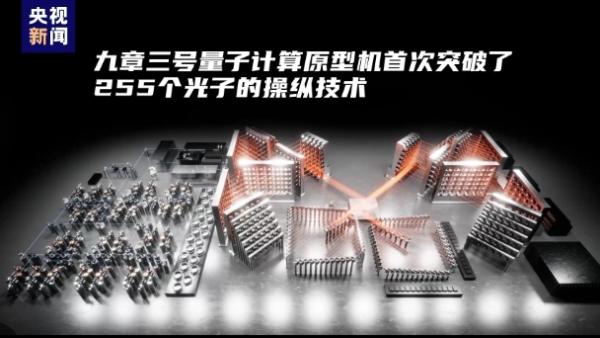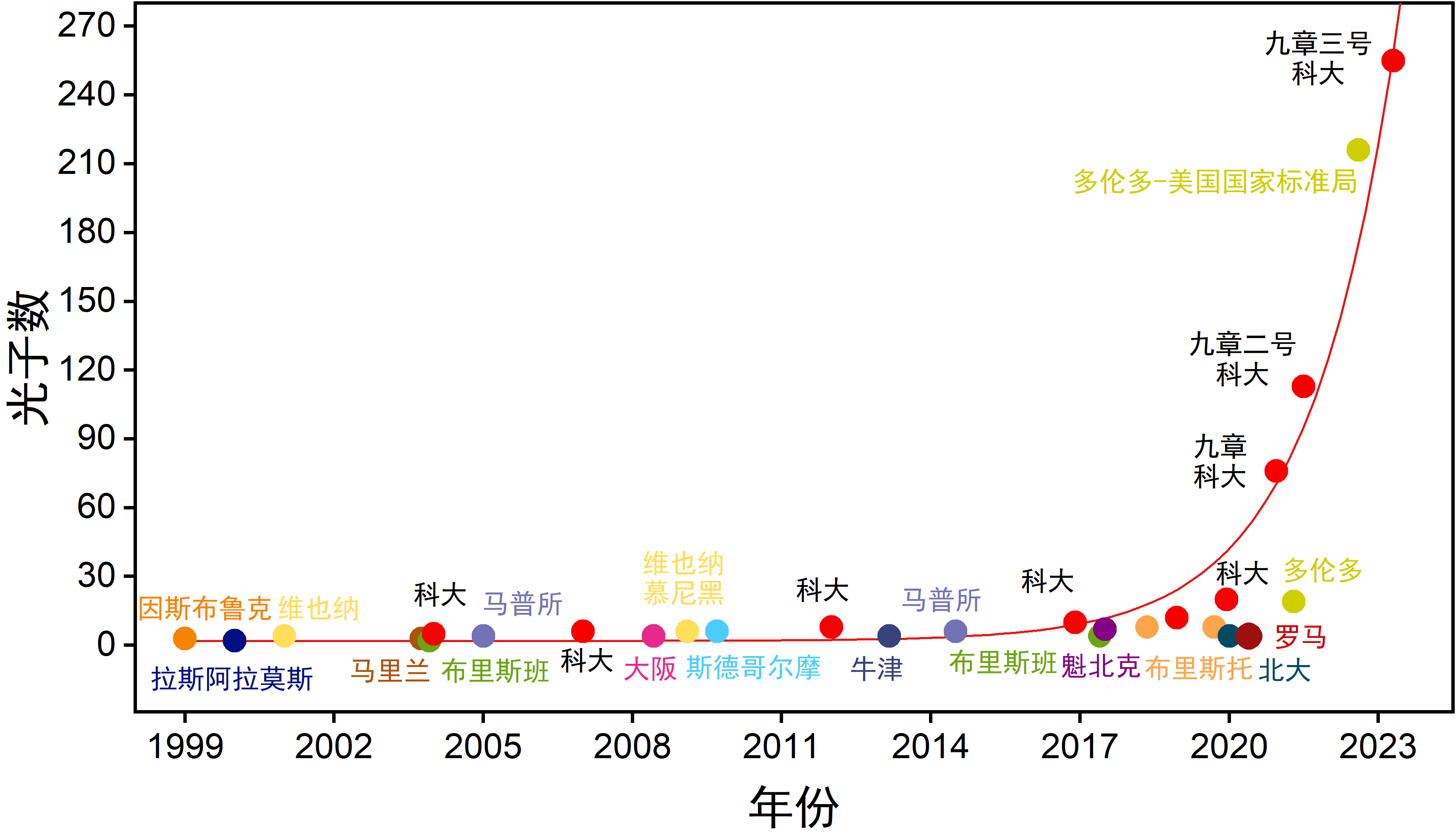
Recently, a research team composed of Pan Jianwei, Lu Chaoyang, and Liu Naile of the Institute of Quantum Information and Quantum Science and Technology Innovation of the Chinese Academy of Sciences at the University of Science and Technology of China cooperated with the Shanghai Institute of Microsystems and Information Technology of the Chinese Academy of Sciences and the National Parallel Computer Engineering Technology Research Center to successfully build The quantum computing prototype "Jiuzhang-3" that captured 255 photons once again set a new world record for the technical level of optical quantum information and the superiority of quantum computing.


Schematic diagram of experimental device
Quantum computing is a new computing paradigm in the post-Moore era. It has ultra-fast parallel computing capabilities in principle. It is expected to use specific quantum algorithms to achieve exponential levels compared to classical computers in some problems of great social and economic value. acceleration. Therefore, developing quantum computers is one of the biggest challenges at the forefront of current world science and technology.
To this end, the international academic community has formulated a three-step development route. Among them, the first step is to achieve "quantum computing superiority", that is, through high-precision quantum control of nearly a hundred qubits, solving specific problems shows computing power that is unmatched by supercomputers. At the same time, in the process, scalable quantum control technology was developed to provide a technical foundation for the development of universal quantum computers with fault-tolerant capabilities.
In 2020, the University of Science and Technology of China team successfully built the 76-photon "Nine Chapters" optical quantum computing prototype, achieving the "quantum computing superiority" of an optical system internationally for the first time, and overcoming the dependence of quantum superiority on the number of samples in the Google experiment loopholes. In 2021, the University of Science and Technology of China team further successfully developed the 113-photon phase-programmable "Jiuzhang-2" and the 56-bit "Zuchong-2" quantum computing prototypes, making our country the only country to have advanced technology in both optical and superconducting technology. Countries that have all achieved "quantum computing superiority".

International competitive situation of optical quantum computing
Through a series of innovations, the University of Science and Technology of China team achieved the ability to manipulate 255 photons for the first time, greatly improving the complexity of light quantum calculations and processing Gaussian Bose samples one million faster than the "Jiuzhang-2" times. On the basis of building the "Nine Chapters" series of optical quantum computing prototypes, the research team also revealed the mathematical connection between Gaussian Bose sampling and graph theory, and completed the solution of two types of graph theory problems with practical value, such as dense subgraphs. , which is 180 million times faster than the accurate simulation of classical computers. In addition, it demonstrated the advantages of unconditional multi-photon quantum precision measurement for the first time in the world.